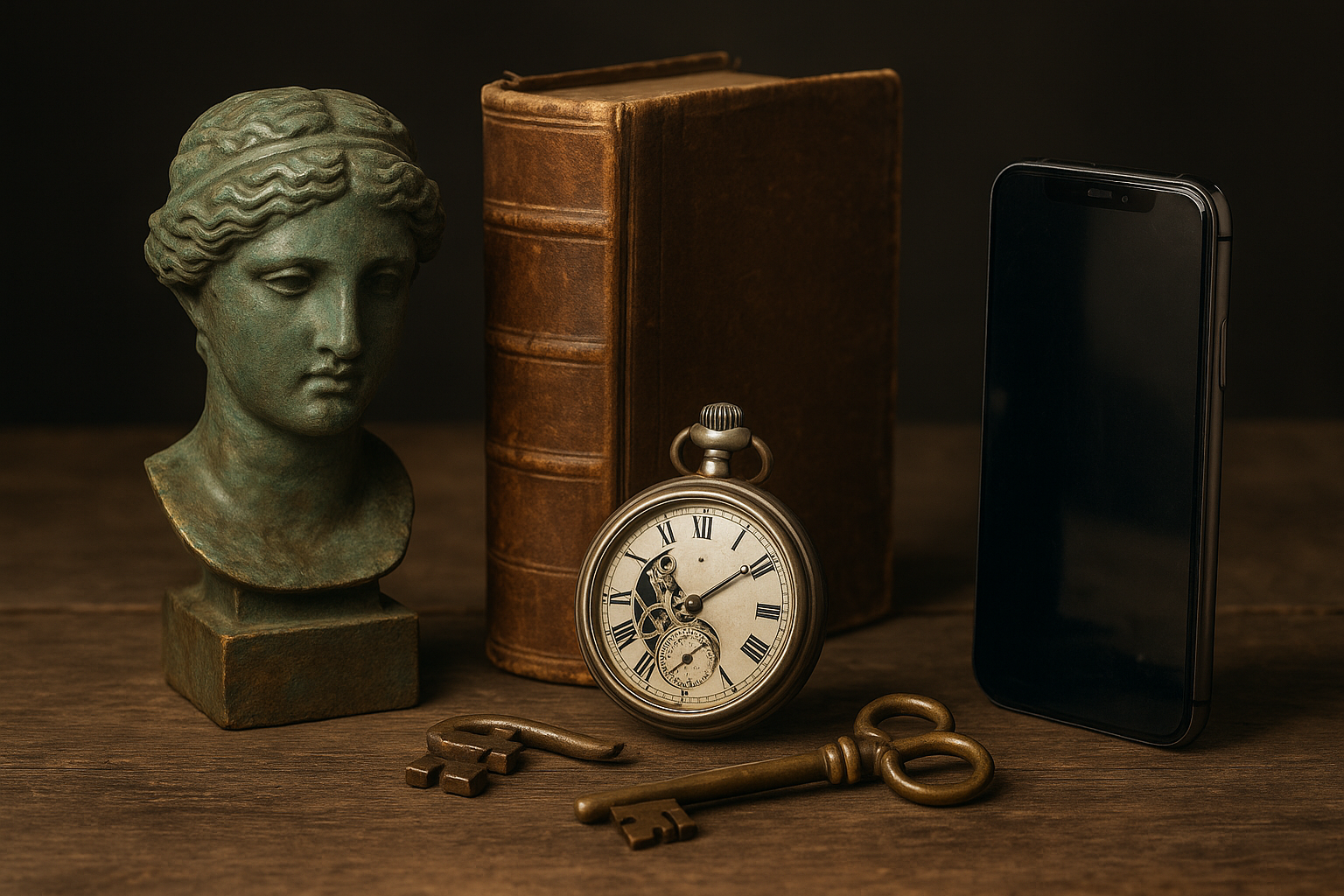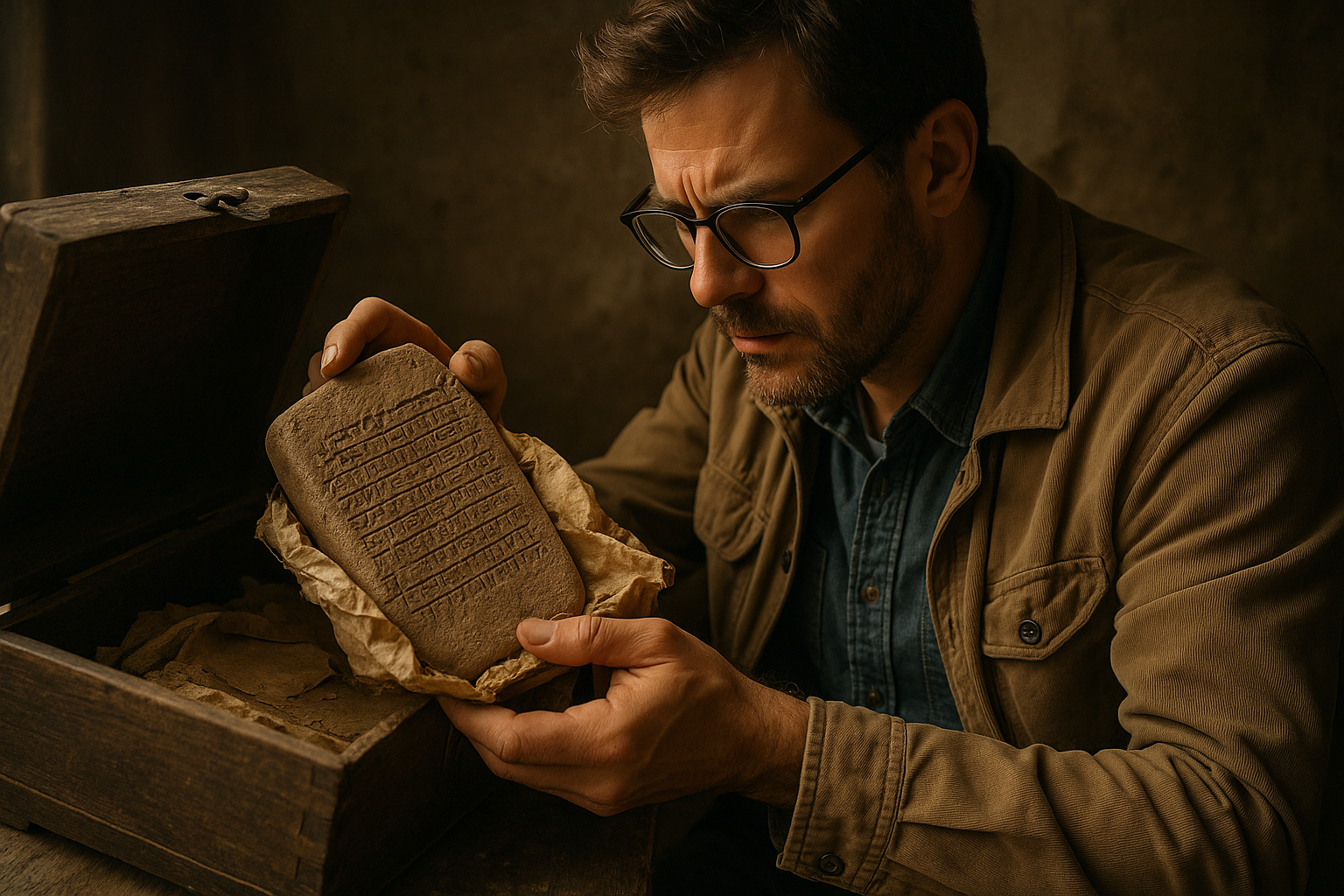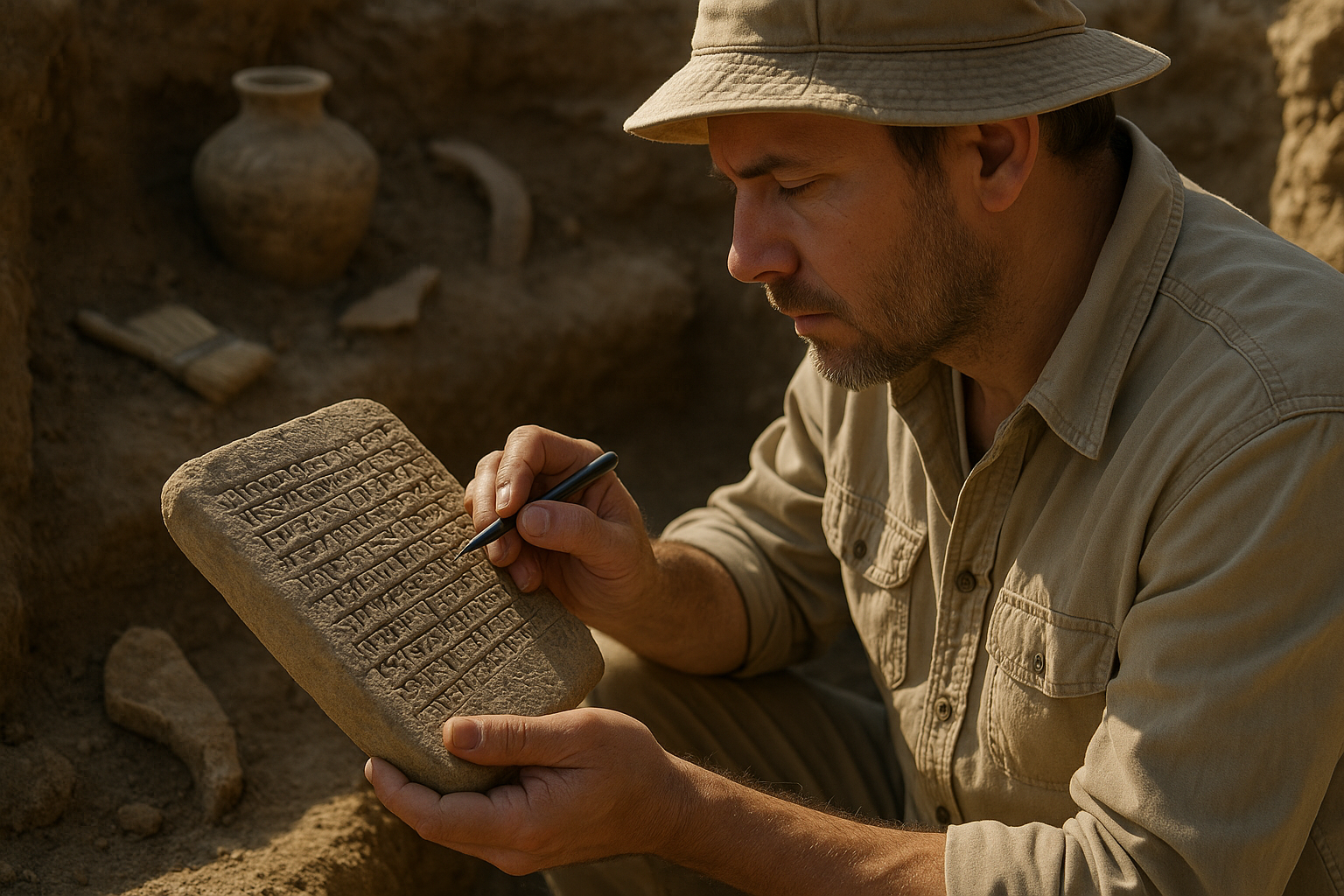Glyphs have emerged as powerful visual symbols that transcend traditional communication barriers, offering unprecedented opportunities to maintain temporal continuity across diverse digital and physical platforms.
🔮 The Renaissance of Visual Communication
In an increasingly interconnected world, the need for universal communication methods has never been more critical. Glyphs represent far more than simple pictographic elements—they embody a sophisticated language system capable of conveying complex ideas across temporal and spatial boundaries. These symbolic representations have evolved from ancient hieroglyphics to modern digital icons, maintaining their core function: to communicate meaning instantly and effectively.
The power of glyphs lies in their ability to compress information into instantly recognizable forms. Unlike traditional text-based communication, which requires linguistic knowledge and cultural context, well-designed glyphs tap into universal human cognition patterns. This characteristic makes them invaluable for maintaining continuity in our fragmented digital landscape, where attention spans are measured in seconds and information overload is the norm.
Modern designers and communication specialists have rediscovered what ancient civilizations knew intuitively: visual symbols possess an inherent staying power that transcends individual moments. When properly implemented, glyphs create threads of meaning that connect past, present, and future experiences, enabling users to navigate complex systems with remarkable ease and confidence.
⏰ Understanding Temporal Continuity in Digital Spaces
Temporal continuity refers to the seamless flow of experience across different points in time. In digital environments, maintaining this continuity presents unique challenges. Users interact with interfaces sporadically, often returning after days or weeks, yet expecting to resume their activities without cognitive friction. This is where glyphs demonstrate their true transformative potential.
Consider how a simple save icon—represented by a floppy disk glyph—maintains meaning despite the physical object becoming obsolete decades ago. This persistence demonstrates how glyphs create anchoring points in our consciousness, establishing mental models that remain stable even as underlying technologies evolve. The glyph becomes a temporal bridge, connecting our past experiences with current interactions and future expectations.
The Neuroscience Behind Glyph Recognition
Research in cognitive neuroscience reveals that the human brain processes visual symbols significantly faster than textual information. The fusiform gyrus, a region associated with pattern recognition, activates immediately upon encountering familiar glyphs. This instantaneous recognition creates what researchers call “cognitive fluency”—a state where information processing feels effortless and natural.
This neurological efficiency has profound implications for temporal continuity. When users encounter consistent glyphs across sessions, they bypass the conscious analysis required for textual interpretation. The result is a seamless transition between interactions, regardless of temporal gaps. The glyph serves as a memory anchor, triggering associated contextual information and procedural knowledge automatically.
🎯 Strategic Implementation Across Platforms
Successfully harnessing glyph power requires strategic thinking beyond simple icon selection. Organizations must consider how glyphs function within broader ecosystems, ensuring consistency while allowing for contextual adaptation. The most effective implementations balance universal recognition with sufficient flexibility to accommodate diverse use cases.
Platform-specific considerations play a crucial role in glyph effectiveness. Mobile interfaces demand compact, instantly recognizable symbols that function at small sizes. Desktop applications can afford more detailed glyphs that convey nuanced meanings. Cross-platform experiences require careful standardization, ensuring users recognize familiar elements regardless of device or context.
Creating Glyph Systems That Endure
Developing enduring glyph systems requires understanding both timeless principles and contemporary trends. The most successful systems incorporate the following elements:
- Geometric simplicity: Clean, basic shapes ensure recognition at any scale and resolution
- Cultural universality: Symbols that transcend specific cultural contexts reach broader audiences
- Functional clarity: Each glyph should communicate a single, unambiguous concept
- System coherence: Individual glyphs should feel part of a unified visual language
- Adaptive flexibility: Designs that accommodate various contexts without losing core identity
These principles aren’t merely aesthetic considerations—they directly impact how effectively glyphs maintain temporal continuity. A well-designed system allows users to build mental models that remain valid across extended periods, reducing cognitive load with each subsequent interaction.
💡 Practical Applications Transforming User Experience
The theoretical power of glyphs translates into tangible benefits across numerous domains. Navigation systems leverage glyphs to create intuitive wayfinding experiences that users understand immediately, regardless of language or prior exposure. Financial applications use consistent glyphs to represent complex transactions, enabling users to recognize patterns in their spending behavior over time.
Healthcare interfaces demonstrate particularly compelling glyph applications. Medical professionals working under time pressure rely on standardized glyphs to access critical information instantly. These symbols create a visual language that remains consistent across shifts, facilities, and career spans, supporting both individual continuity and systemic reliability.
Enhancing Learning and Memory Retention
Educational technologies increasingly incorporate glyphs to enhance learning outcomes. When complex concepts are associated with distinctive visual symbols, students demonstrate improved recall and comprehension. The glyphs function as mnemonic devices, creating mental hooks that facilitate long-term retention.
This application extends beyond formal education into professional development and skill acquisition. Training programs that consistently associate procedures with specific glyphs see reduced onboarding times and fewer errors during skill application. The temporal continuity provided by glyphs helps learners bridge the gap between initial training and practical application, even when months separate these experiences.
🌐 Cross-Cultural Considerations and Global Reach
Implementing glyphs for global audiences requires sensitivity to cultural variations in symbol interpretation. While some gestures and objects carry universal meaning, others possess culturally specific connotations that can confuse or offend. Successful global glyph systems undergo rigorous cross-cultural testing to identify potential misinterpretations.
The challenge intensifies when considering temporal dimensions. Cultural meanings evolve over time, potentially transforming innocent symbols into problematic ones. Organizations committed to long-term glyph consistency must monitor these shifts, remaining prepared to adapt when necessary without abandoning the continuity that makes glyphs effective.
Building Inclusive Visual Languages
Accessibility considerations fundamentally shape effective glyph design. Visual impairments affect how users perceive and interpret symbols, necessitating high contrast ratios, sufficient size flexibility, and alternative text descriptions. Color blindness impacts approximately 8% of males and 0.5% of females, requiring that glyphs communicate meaning through shape rather than color alone.
Cognitive accessibility presents additional considerations. Users with dyslexia often find glyph-based interfaces more navigable than text-heavy alternatives. However, glyphs must remain sufficiently distinct to prevent confusion for users with visual processing challenges. Balancing these needs requires iterative testing with diverse user groups.
📊 Measuring Impact and Optimizing Performance
Quantifying glyph effectiveness enables data-driven optimization. Key performance indicators include recognition speed, error rates, and user satisfaction scores. Advanced analytics track how quickly users locate and activate glyph-represented functions, revealing friction points that undermine temporal continuity.
| Metric | Target Benchmark | Impact on Continuity |
|---|---|---|
| Recognition Time | <0.5 seconds | Faster recognition strengthens mental models |
| Error Rate | <2% misclicks | Accuracy builds confidence and reduces hesitation |
| Return User Speed | 90% of first-time speed | Minimal degradation indicates effective continuity |
| Cross-platform Consistency | 95% recognition rate | Seamless transitions between contexts |
These metrics provide actionable insights for refinement. If recognition times increase for returning users, the glyph system may lack sufficient distinctiveness. High error rates suggest ambiguous symbols requiring redesign. Tracking these indicators over extended periods reveals whether glyphs successfully maintain temporal continuity or gradually lose effectiveness.
🚀 Future Horizons: Emerging Technologies and Opportunities
Augmented reality and mixed reality environments present unprecedented opportunities for glyph applications. These technologies overlay digital information onto physical spaces, requiring visual languages that function seamlessly in both domains. Glyphs that maintain consistency across these contexts enable users to build unified mental models spanning digital and physical realities.
Artificial intelligence and machine learning introduce capabilities for personalized glyph systems that adapt to individual user preferences while maintaining broader continuity. These systems might adjust glyph prominence based on usage patterns, emphasizing frequently accessed functions while maintaining standard representations for consistent recognition.
The Role of Animation and Motion Design
Static glyphs represent only the beginning of possibility. Animated glyphs can communicate process states, provide feedback, and guide attention without abandoning the core symbol. When thoughtfully implemented, motion enhances rather than obscures glyph meaning, adding temporal dimensions that reinforce continuity.
Micro-interactions—subtle animations triggered by user actions—create satisfying feedback loops that strengthen the connection between intention and outcome. These brief animations respect users’ time while confirming system responsiveness, building confidence that sustains engagement across sessions.
🎨 Design Principles for Lasting Impact
Creating glyphs with enduring power requires balancing timelessness with contemporary relevance. Designers must resist trendy stylistic flourishes that quickly date interfaces, while ensuring symbols feel appropriate within current visual contexts. This balance distinguishes glyphs that maintain effectiveness for decades from those requiring frequent updates.
Scalability across contexts demands technical excellence. Vector-based designs ensure crisp rendering at any size, from tiny mobile icons to large display screens. Careful attention to line weights, negative space, and geometric harmony creates glyphs that remain legible and attractive across this range.
Testing and Iteration Methodologies
Rigorous testing separates effective glyphs from well-intentioned failures. A/B testing compares alternative designs, revealing which versions users recognize more quickly and accurately. Eye-tracking studies identify which elements capture attention and which create confusion. Longitudinal studies assess whether glyphs maintain effectiveness over time or require periodic refreshing.
User feedback sessions provide qualitative insights that complement quantitative data. Participants articulate their interpretations of glyphs, revealing unintended associations or confusion. These sessions often uncover cultural considerations that designers might otherwise overlook, preventing embarrassing or offensive misinterpretations.
🔄 Integration Strategies for Existing Systems
Organizations with established interfaces face unique challenges when implementing improved glyph systems. Abrupt changes disrupt the temporal continuity that existing users have developed, potentially causing frustration and errors. Successful transitions balance improvement with continuity, often employing gradual migration strategies.
Phased rollouts introduce new glyphs alongside familiar versions, allowing users to adapt naturally. Contextual help systems explain updated symbols without overwhelming users. Feedback mechanisms enable users to report confusion, guiding iterative refinements that address real-world usage patterns.

✨ Unlocking Endless Possibilities Through Consistency
The true power of glyphs emerges not from individual symbols but from comprehensive systems that create cohesive visual languages. When every interaction reinforces consistent patterns, users develop fluency that transforms complex interfaces into intuitive experiences. This fluency persists across time, making returning users feel immediately at home regardless of absence duration.
Organizations that invest in thoughtful glyph systems reap compounding benefits. Initial development requires significant resources, but well-designed systems reduce ongoing support costs, decrease training requirements, and improve user satisfaction. These benefits accumulate over years, making glyph investment one of the highest-return design decisions organizations can make.
The journey toward mastering glyph implementation never truly ends. Visual communication continues evolving, technologies introduce new contexts, and user expectations shift. However, organizations grounded in sound principles—clarity, consistency, accessibility, and cultural sensitivity—possess the foundation necessary to adapt successfully while maintaining the temporal continuity that makes glyphs genuinely powerful.
By recognizing glyphs as more than decorative elements or simple shortcuts, designers and organizations unlock their transformative potential. These symbols become threads connecting past experiences to present interactions and future possibilities, creating seamless continuity that empowers users to accomplish their goals efficiently and confidently, regardless of when they engage with systems.
Toni Santos is a temporal researcher and symbolic archaeologist specializing in the study of forgotten burial systems, sacred archival practices, and the visual languages embedded in ancient temporal lore. Through an interdisciplinary and artifact-focused lens, Toni investigates how humanity has encoded knowledge, memory, and mystery into the temporal world — across cultures, rituals, and vanished civilizations. His work is grounded in a fascination with time capsules not only as vessels, but as carriers of hidden meaning. From extinct burial ritual practices to mythical codices and secret temporal seals, Toni uncovers the visual and symbolic tools through which cultures preserved their relationship with the temporal unknown. With a background in design semiotics and temporal artifact history, Toni blends visual analysis with archival research to reveal how time capsules were used to shape identity, transmit memory, and encode sacred knowledge. As the creative mind behind eltonxy, Toni curates illustrated chronologies, speculative temporal studies, and symbolic interpretations that revive the deep cultural ties between artifacts, ritual markings, and forgotten messages. His work is a tribute to: The lost temporal wisdom of Forgotten Time Capsule Burial Rituals The guarded archives of Sacred Codices and Forgotten Temporal Archives The mythopoetic presence of Temporal Symbols and Ritual Markings The layered visual language of Vanished Artifacts and Temporal Messages Whether you're a temporal historian, symbolic researcher, or curious gatherer of forgotten chronological wisdom, Toni invites you to explore the hidden roots of time capsule knowledge — one seal, one glyph, one message at a time.




